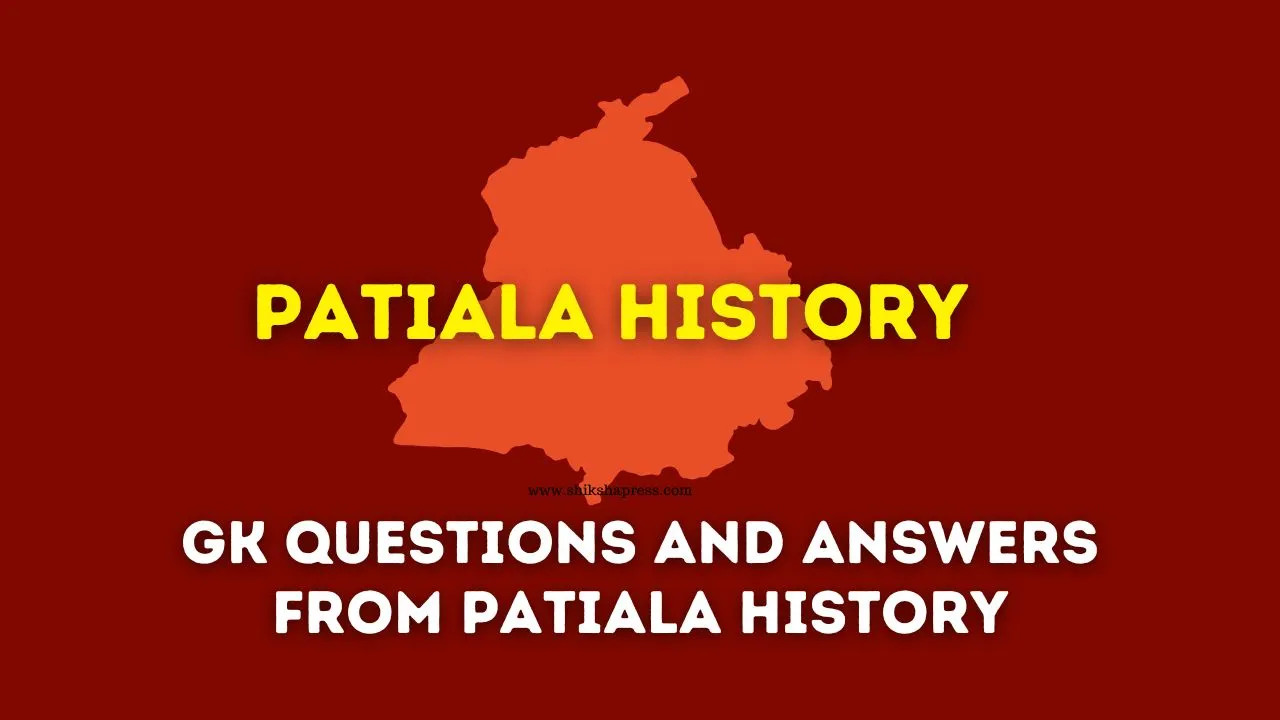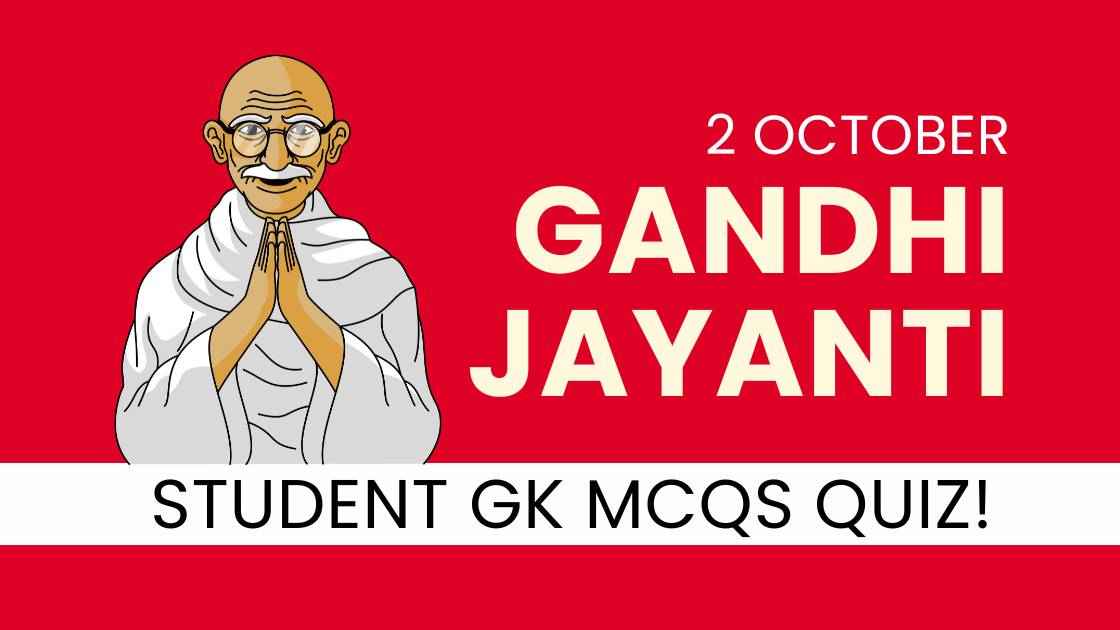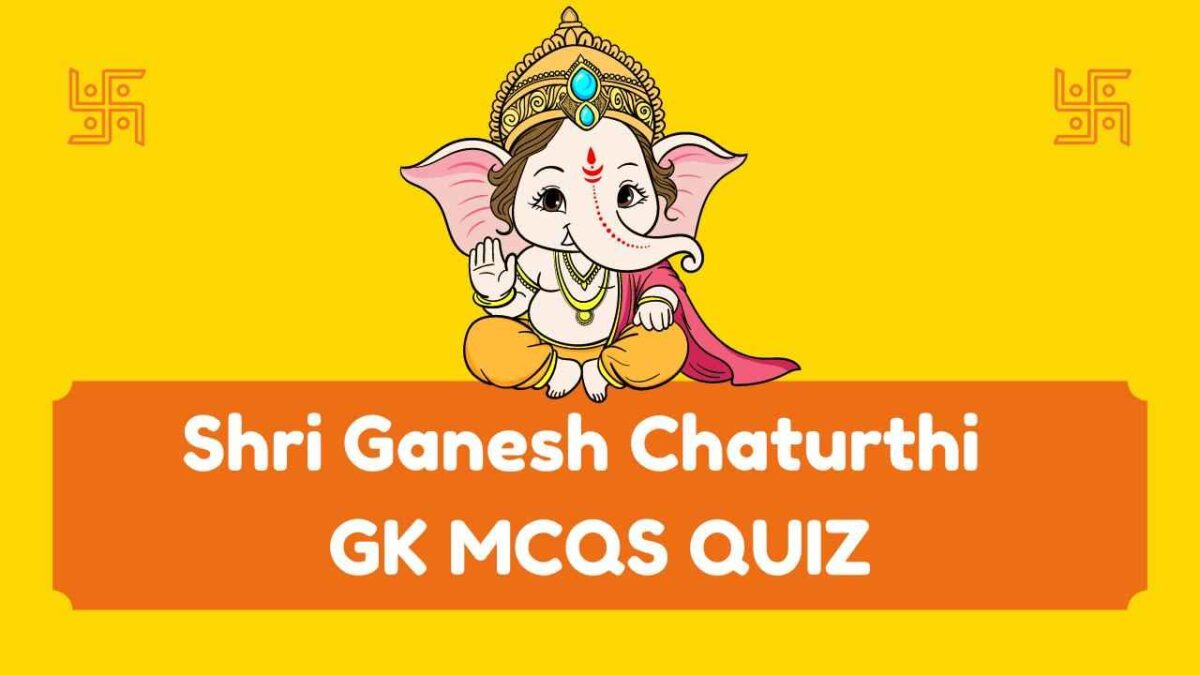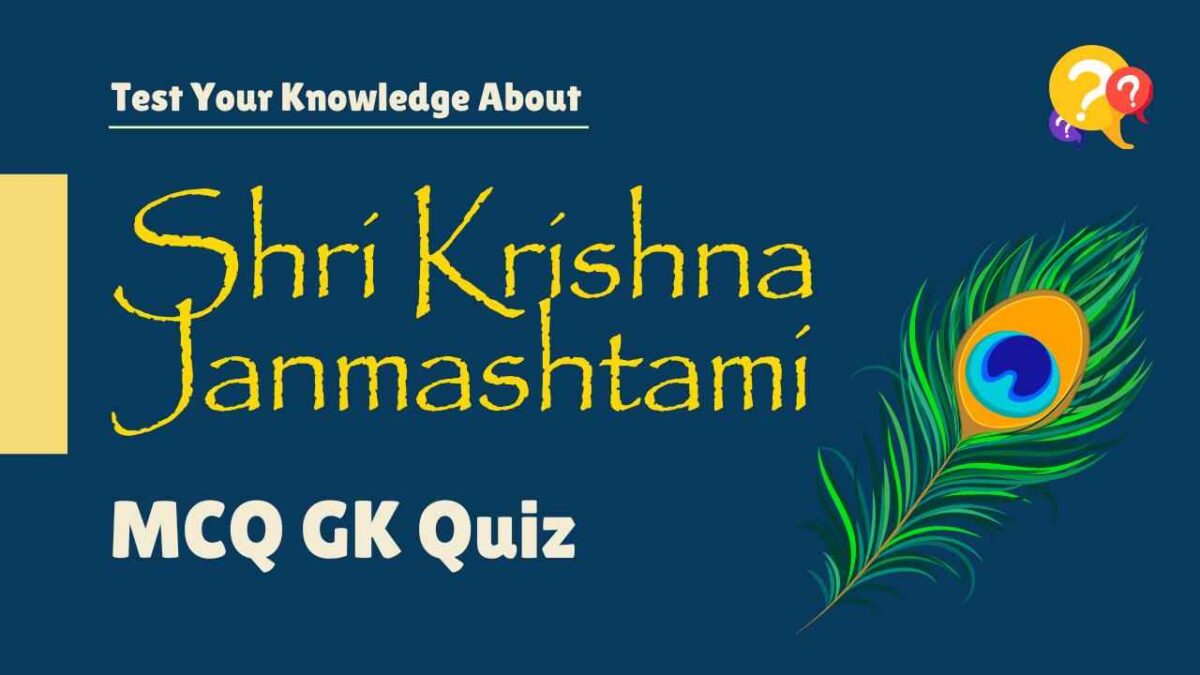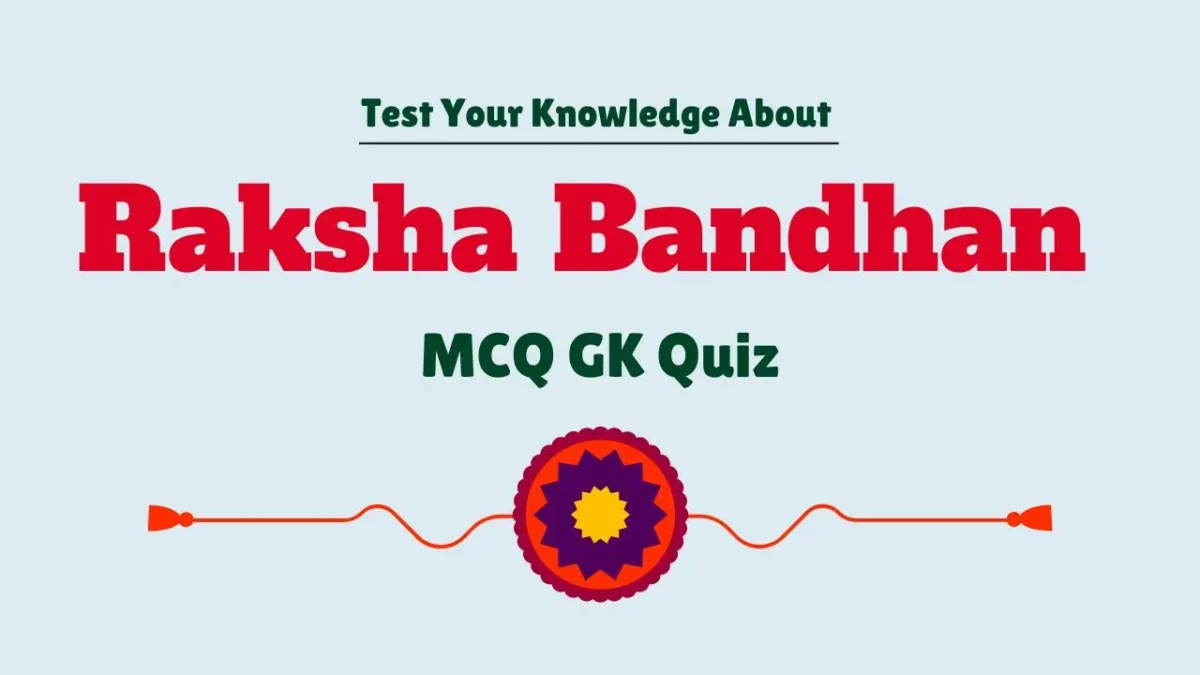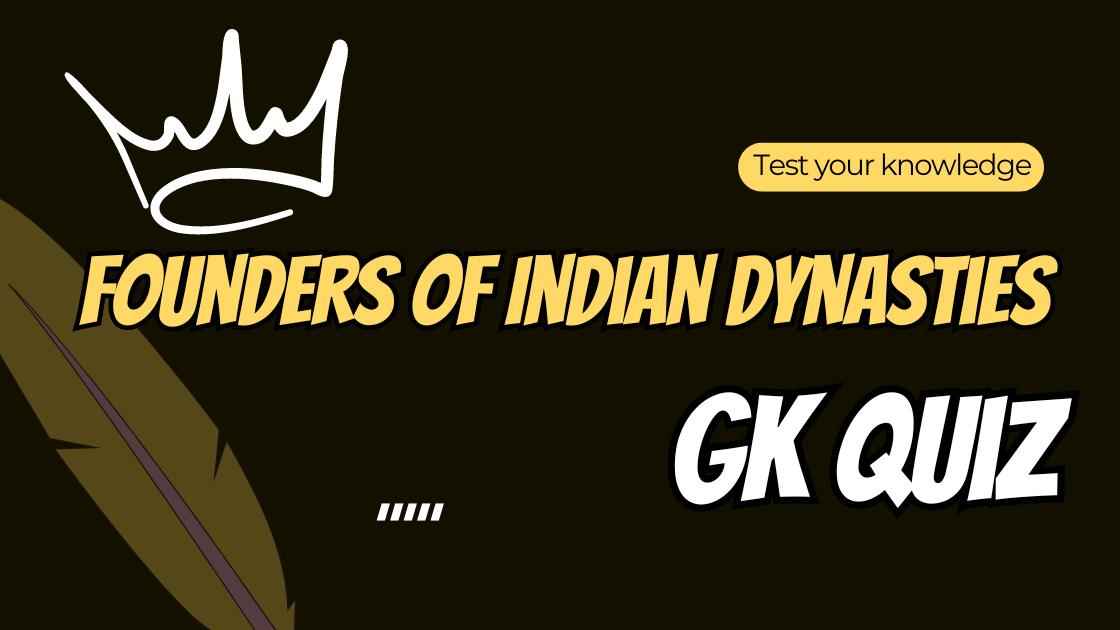30 Most Important Smart GK Questions and Answers from Patiala History
Hello Readers, Welcome to the special GK segment of Punjab. In this post, today you will get important general knowledge quiz question answers about Punjab’s very old city, Patiala.
About Punjab’s history, there are so many MCQs and trivia available online, but most people have covered the old GK quiz about Patiala. That’s why we have created some new and latest MCQ quiz GK question answers about old Punjab. These Punjab state-related GK questions will help you in any kind of Punjab or central government recruitment. So, let’s have a look at these.
Patiala District Information and Overview
| Patiala District Information | Details |
|---|---|
| Historical Significance | One of the famous princely states of erstwhile Punjab |
| Geographical Location | South-eastern part of Punjab |
| Latitude | Between 29°49’ N and 30°47’ N |
| Longitude | Between 75°58’ E and 76°54’ E |
| Northern Border | Fatehgarh Sahib, Rupnagar, Chandigarh |
| Western Border | Sangrur district |
| Eastern Border | Ambala and Kurukshetra districts (Haryana) |
| Southern Border | Kaithal district (Haryana) |
15 Basic Information GK Question Answer About Patiala
30 GK Questions and Answers about Patiala History Trivia
Patiala Gk Quiz: Explore Patiala’s history with a fascinating General Knowledge Quiz. 30 MCQs unveiling the rich cultural heritage. Perfect for Punjab government exams.
Q: What is Patiala famous for?
A: Famous for ‘peg’, ‘pagri’, ‘paranda’, ‘jutti’, joyous buoyance, and royal demeanor.
Q: What cultures does Patiala represent?
A: A spectrum of Rajput, Mughal, and Punjabi cultures.
Q: How old is Patiala?
A: Patiala is a little over two centuries old.
Q: Who filled the political vacuum in Punjab in the 18th century?
A: The Sikh Misldars filled the vacuum by thwarting Marathas and Afghans.
Q: Who established the princely state of Patiala?
A: Baba Ala Singh established the princely state of Patiala.
Q: What is the dynasty of Patiala’s rulers known as?
A: The dynasty is known as ‘Phulkian’.
Q: Who was Baba Ala Singh blessed by?
A: He was blessed by Guru Gobind Singh.
Q: When did Ala Singh assume leadership?
A: Ala Singh assumed leadership in 1714 A.D.
Q: What major structure did Baba Ala Singh build in 1763?
A: He built the Patiala fort known as Qila Mubarak.
Q: What event led to the Patiala rulers acquiring ensigns of royalty?
A: The third Battle of Panipat in 1761.
Q: What title was bestowed upon Ala Singh’s successor Amar Singh?
A: He received the title of Raja-i-Rajgan.
Q: Which treaty did the Raja of Patiala enter into with the British?
A: A treaty against Ranjit Singh in 1808.
Q: Who was Maharaja Bhupinder Singh?
A: He gave Patiala a prominent place on the political map of India and in international sports.
Q: What significant action did Yadvindra Singh take during the integration of Indian states?
A: He signed the Instrument of Accession.
Q: What role did the Maharaja of Patiala play in national integration according to Sardar Vallabh Bhai Patel?
A: He contributed notably to the unity and integrity of India.
Q: What Vedic literature is Patiala’s origin traced back to?
A: Rig Vedic literature.
Q: What architectural style influenced Patiala’s city design?
A: Temple architecture.
Q: Who were the first settlers of Patiala?
A: Hindus of Sirhind.
Q: What was Dharampura Bazar known for in Patiala?
A: It was known for being a locality of dancing girls and frequented by the ruling elite.
Q: What did the ruling class construct in the late nineteenth century?
A: Huge mansions with sprawling lawns.
Q: Who fortified the city of Patiala?
A: Maharaja Narendra Singh.
Q: What was constructed around the city for fortification?
A: Ramparts and ten gates.
Q: What traditional goods is Patiala famous for?
A: Embroidered Juti and Phulkari.
Q: What does the city of Patiala symbolize in its layout?
A: The seat of the king in the heart, similar to the house of the deity.
Q: Where did lower caste individuals settle in Patiala?
A: In the peripheral areas now known as Chur Majris.
Q: What historical period does Patiala’s antiquity date back to?
A: Ancient and early medieval period.
Q: In which region of Punjab is Patiala located?
A: The Malwa region.
Q: What was Patiala before becoming a district headquarters?
A: An erstwhile princely state and capital of PEPSU.
Q: What challenges did Baba Ala Singh face while establishing Patiala?
A: Confrontations with Mughals, Afghans, and Marathas.
Q: What does Patiala present to a casual visitor?
A: A beautiful bouquet of lifestyle, blending modernity and tradition.
What are the Name of 12 Royal Gates of Patiala?
| Gate Name | Description |
|---|---|
| Darshani Gate | Main entrance to the royal quarters |
| Sanouri Gate | Named after the city of Sanour |
| Lahori Gate | Represents the city of Lahore |
| Sherawala Gate | Named after the Sherawala area |
| Sunami Gate | Historically significant entrance |
| Sirhindi Gate | Reflects the influence of Sirhind |
| Ghalori Gate | Located in the Ghalori area |
| Safabadi Gate | Associated with Safabadi locality |
| Top Khana Gate | Leads to the royal Top Khana |
| Nabha Gate | Named after the city of Nabha |
| Samania Gate | Represents the Samania area |
| Rajindera Gate | Named in honor of Rajindera Kothi |
30 Punjab GK Questions with Long Answers about Patiala History
